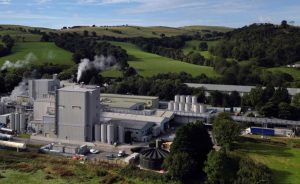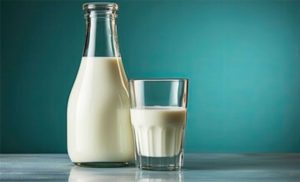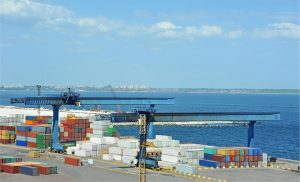Canadian dairy giant Saputo owns former Australian farmer co-operatives, but is yet to start paying for the benefits it gains from Dairy Australia.
MILK processing giants Fonterra, Saputo and others must cough up a contribution to Dairy Australia’s work in research, marketing, trade and innovation, if they want a seat at the table in a new national body.
That’s the message from dairy farmer leaders and the architects of the Australian Dairy Plan, released this week, which aims to lift farmgate returns by $500 million within five years.
Dairy Plan chairman John Brumby said processors “have to put in” as the industry moved to create a new national body, the structure of which will be put to a farmer vote in the New Year.
As for how much processors should contribute Mr Brumby said “there’s not (a dollar figure) at this point in time”.“They’ll be matters for discussion and negotiation across the industry and particularly in the context of the establishment of new industry structure arrangements going forward.”
But as it stands farmers are doing all the heavy lifting.
Dairy farmers contribute about $30 million in levies to Dairy Australia each year, “matched” by $20.5 million from the Federal Government, plus grants from the Department of Agriculture, plus royalties and investment revenue.
But the 2018-19 accounts list no processor contributions, despite benefiting from DA spending of:
$9.14 million on marketing and communications
$5.84 million on trade and industry strategy
$13 million on business and organisational performance
Australian Dairy Products Federation executive director Janine Waller said Dairy Australia “does not refer to a financial contribution from Group B members (processors)”.“(But) processors do in fact contribute to a variety of Dairy Australia activities from the provision of market data, to insights and resourcing, through to financial investment – recognising the importance of collaborative partnerships for a viable and competitive dairy industry”.
But Ms Waller failed to provide details on the value of that contribution.
Dairy Australia chairman James Mann said the research and development corporation was in discussions with processors on “where and how they should be contributing for industry good activities”.“I would like to see something that’s fair and equitable to all parties.”
The bulk of spending, $30.8 million, was spent on farm profit and capability, but even that is considered by some farmers to deliver benefits to processors struggling with excess capacity and not enough milk.“I think processors should be contributing as much as farmers are,” Dairy Connect president Graham Forbes said.“If they’re not helping maintain the supply of milk, then it’s not only dairy farms that shut down.”
Mr Forbes said previously, when processors were farmer co-operative owned, there was no need for them to contribute.
But he said now processors were corporate-owned and beholden to their shareholders ahead of farmers.“It’s reasonable for us to ask them to ‘kick the tin’, if they’re going to get a say,” Mr Forbes said.
Dairy industry leaders have generally welcomed the push to form a new national body.
But the plan gives little detail on how state-based advocacy groups will be brought into the fold, not an outline of how the restructure will boost farmers’s profitability.
Up until now processors have fought against the establishment of a national milk price index, which was initially aimed at benchmarking their efficiency against international standards, and actively campaigned against the mandatory dairy code.
Meanwhile DA is calling on farmers to register as Group A members by October 23 to vote in the upcoming election of board members.
To date just 3420 Group A members, holding 21.7m votes, have registered.
Yet there are 5176 active enterprise farm accounts in total, whose $31.6 million in levies, equates to 31.6m votes (one vote per dollar of levies paid).
To register complete the online form at www.dairyaustralia.com.au/members, send an email to membership@dairyaustralia.com.au or call 1800 004 377.












